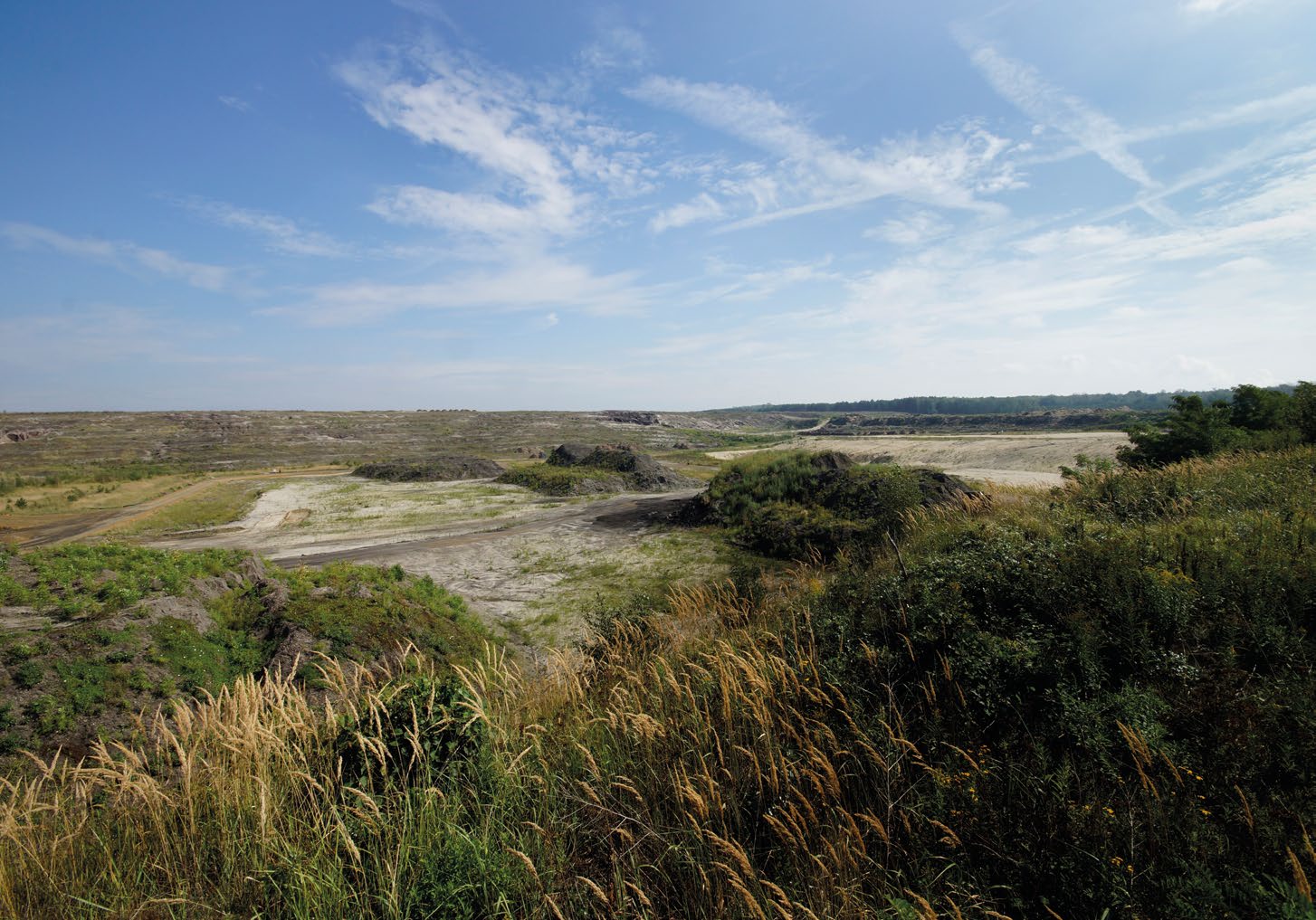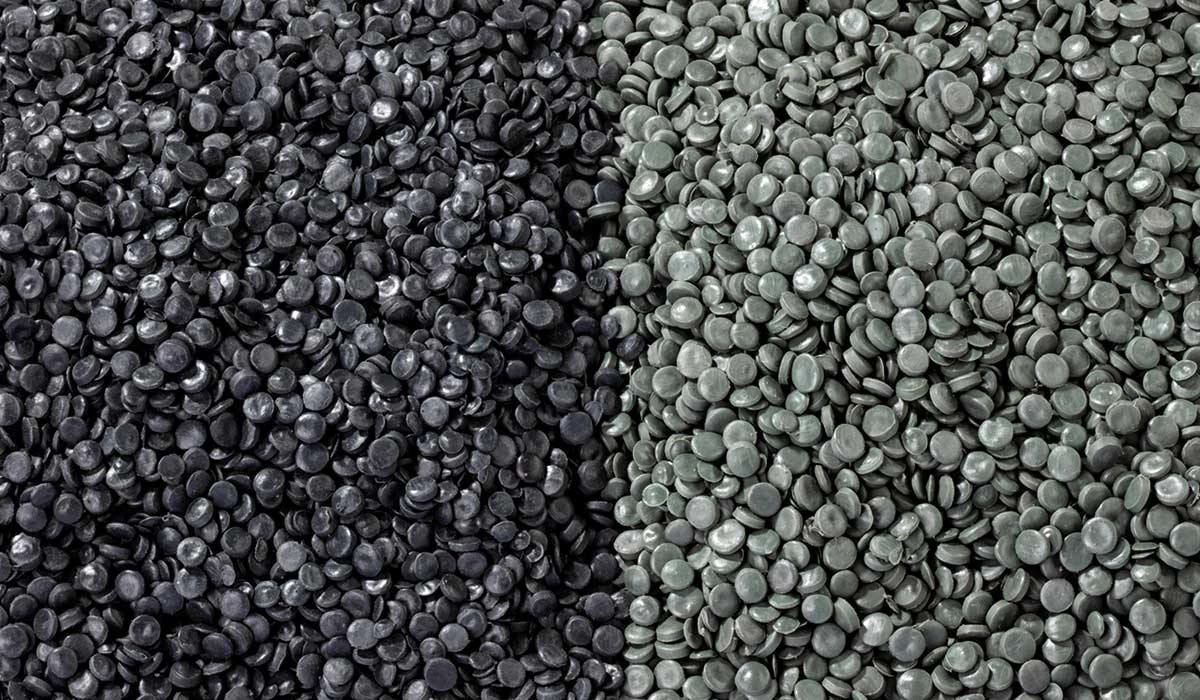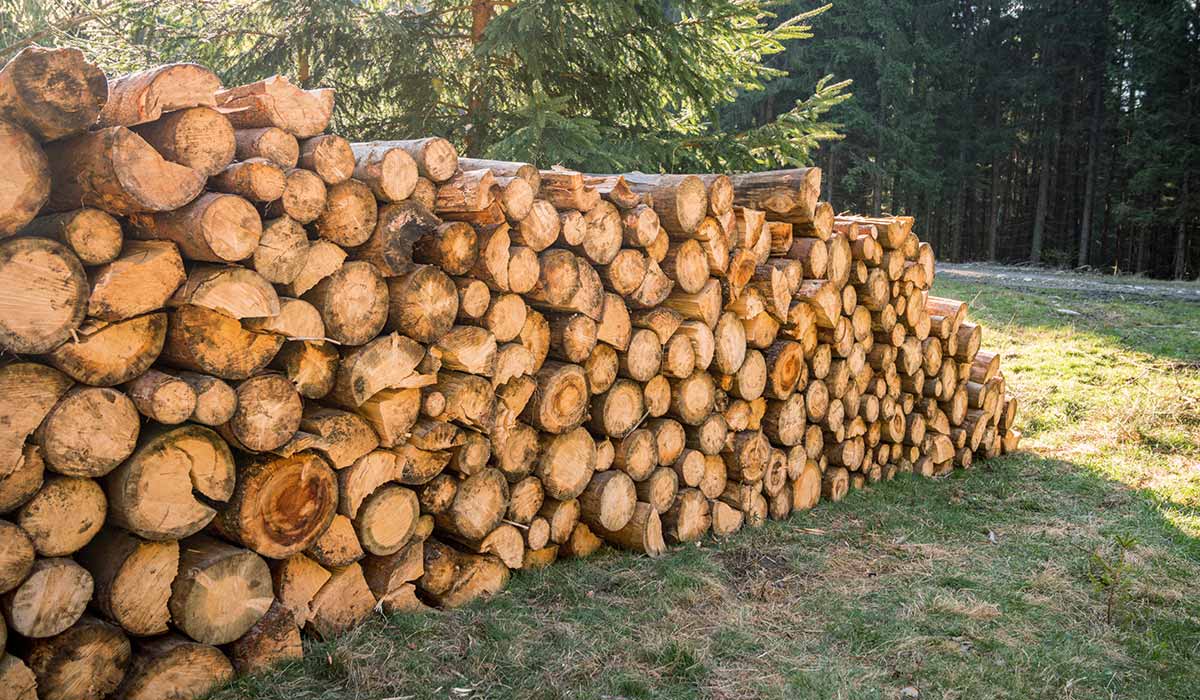
Tank washing head in cage
Innovative techniques in industrial cleaning take people out of the danger zone
Duisburg, 6.12.17 - Industrial cleaning at an aluminum plant like Trimet's in Voerde is a special task - because aluminum production facilities have their own peculiarities, due to production by means of electrical mass conversion, or electrolysis for short. One of the air pollution control systems in the anode factory, as well as that of the Trimet furnace, was to be cleaned of tar and pitch residues from the manufacturing process. Lobbe Industrieservice used its own design to clean the connecting pipes between the two flue gas systems for this purpose: a tank washing head in a cage. "Our first and foremost concern was occupational safety. After all, we work with maximum water pressure in ranges of 1,000 bar. The cage design keeps the relevant skilled workers outside the danger zone," says Dr. Reinhard Eisermann, Managing Director of Lobbe Industrieservice. A tank washing head is typically used to clean large storage tanks, such as those found on refineries. However, this new design is also suitable for curved pipes in aluminum production. "With this technical aid, none of our employees have to climb into the large-volume pipe anymore, but can position and control the tank washing head from a safe distance," says Dr. Eisermann.
The air pollution control system of the aluminum plant are cleaned with automated techniques such as the tank washing head in the cage
Recoil forces provide rotation
No residual materials into the environment
Aluminum is everywhere
About Trimet Voerde
Trust in proven quality
The Voerder plant at a glance:
- 188 electrolysis furnaces in 2 halls, PBCWPF (Kaiser technology, side by side)
- Rectifier plant with connection to the extra-high voltage grid
- 000 tons of electrolytic aluminum annual production capacity
- Own port facility and logistics for unloading alumina and petroleum coke
- Anode factory with open ring chamber furnace. In the 36 sections, up to 65,000 tons of fired anodes are produced with the lowest specific energy consumption using state-of-the-art technology
- 300 employees, including 10 trainees
About Lobbe
Lobbe is a medium-sized, family-run company in the technical services sector based in Iserlohn. The successful company comprises the areas of industrial services and waste disposal. Nationwide, Lobbe has 2,700 employees at 58 locations and currently has 138 trainees. Lobbe generates 360 million euros annually (as of 2020).
Contact
Lobbe Entsorgung West GmbH & Co KG/
Lobbe Industrieservice GmbH & Co KG
Sabine Günther
Public Relations
Stenglingser Weg 4 - 12
D-58642 Iserlohn
Phone: +49 23 74 - 504 - 349
Fax: +49 23 74 - 504 - 353
sabine.guenther@lobbe.de
www.lobbe.de

